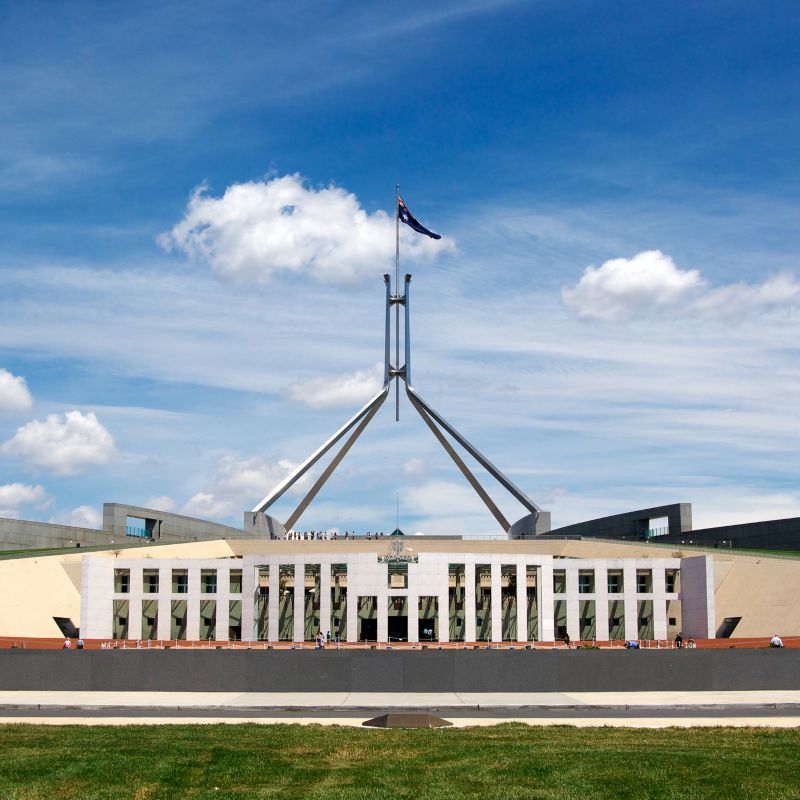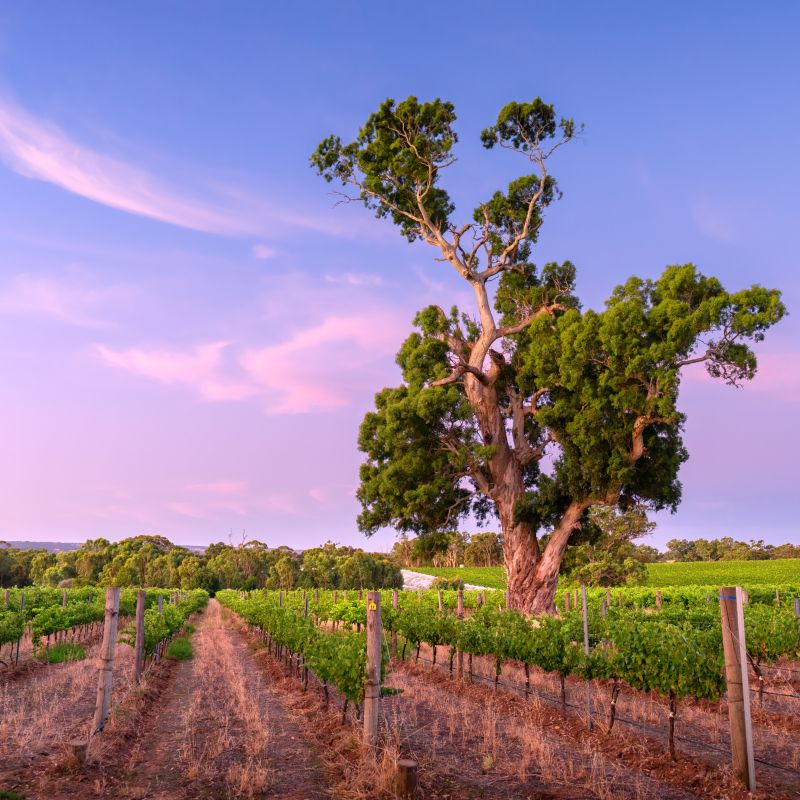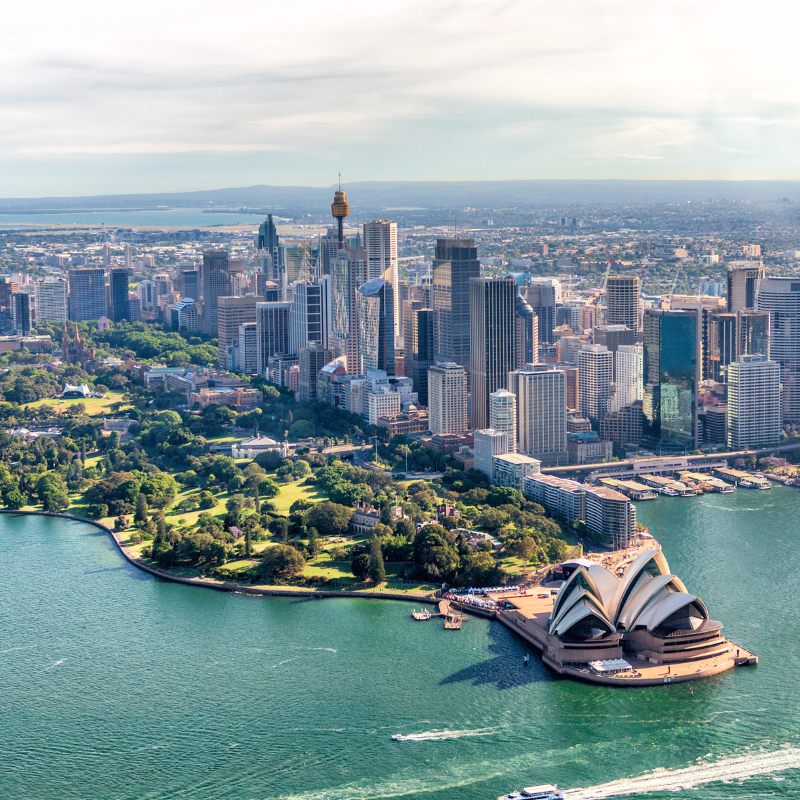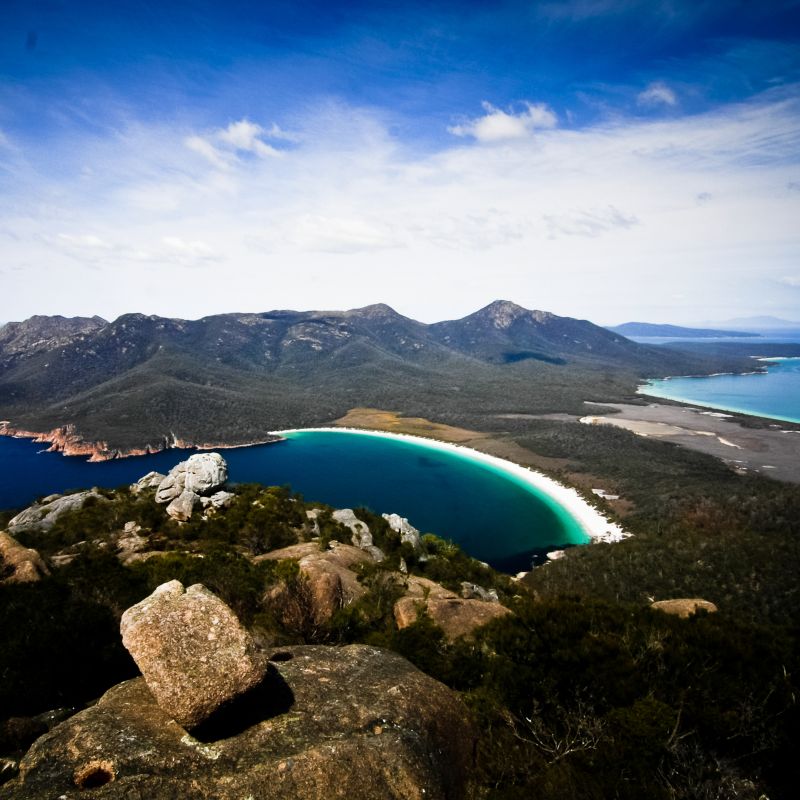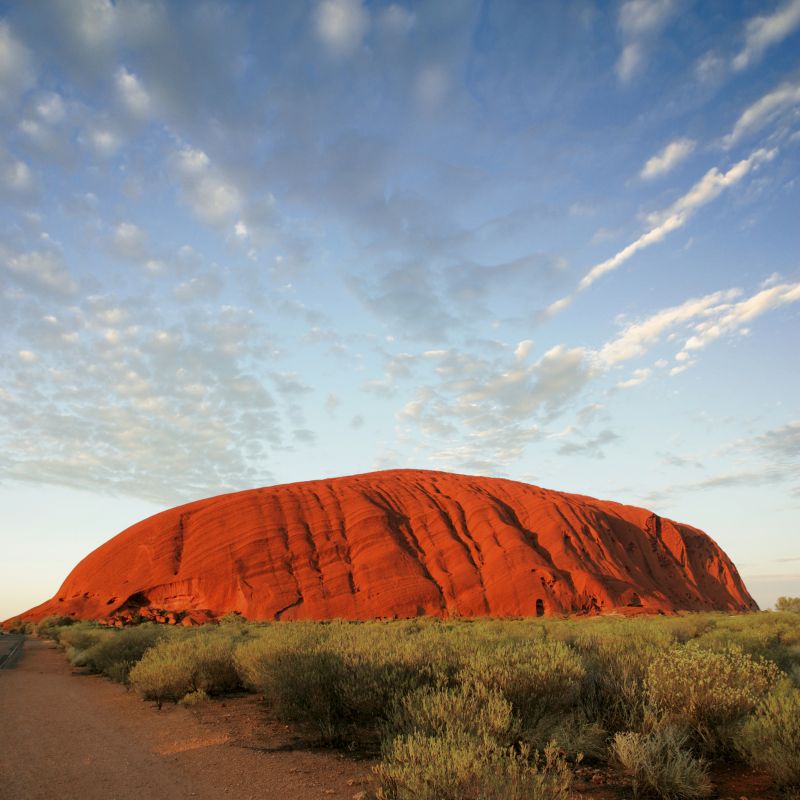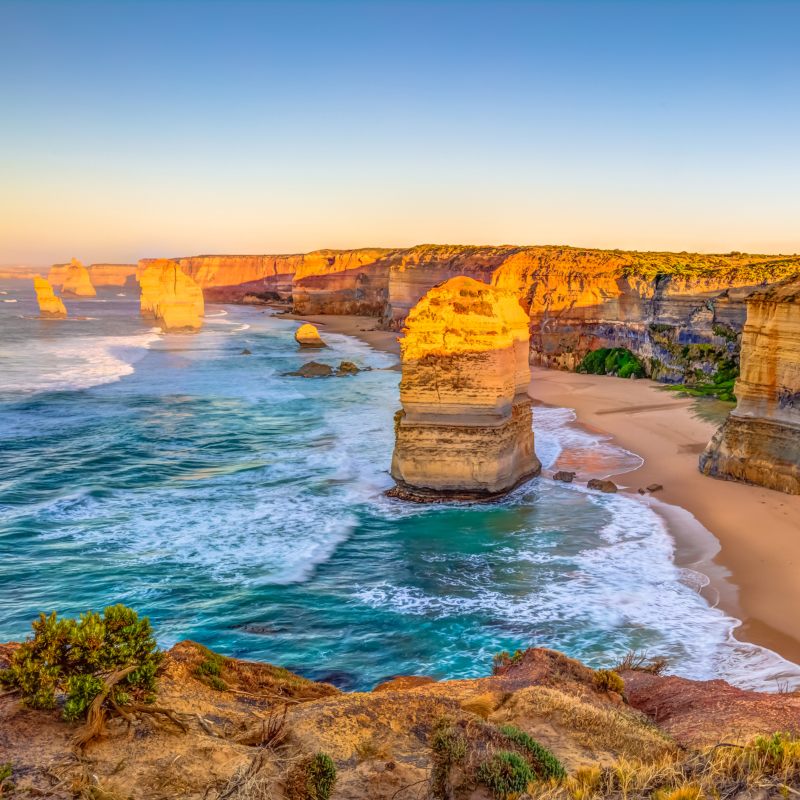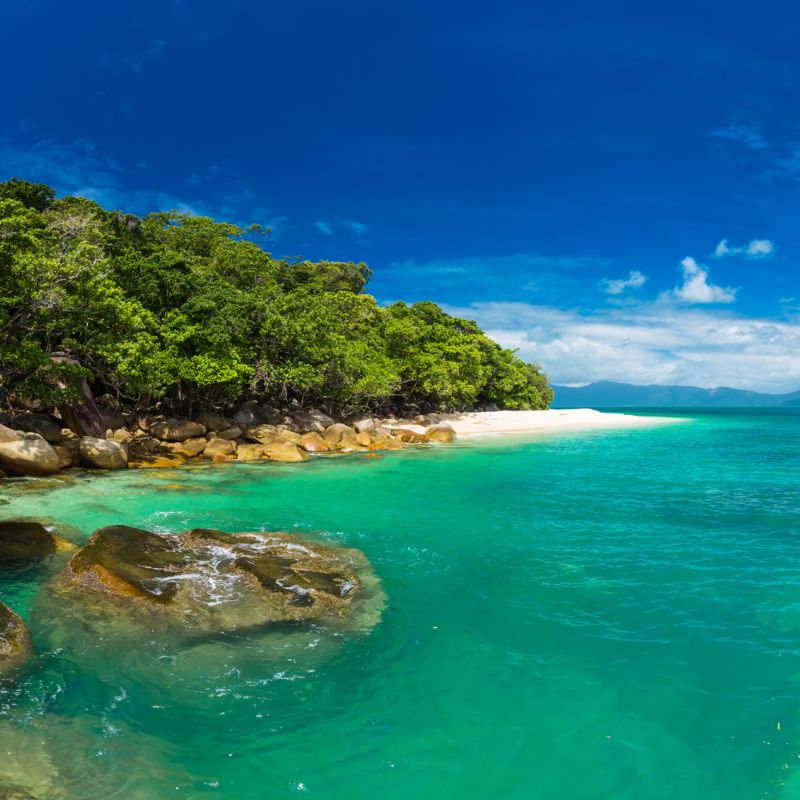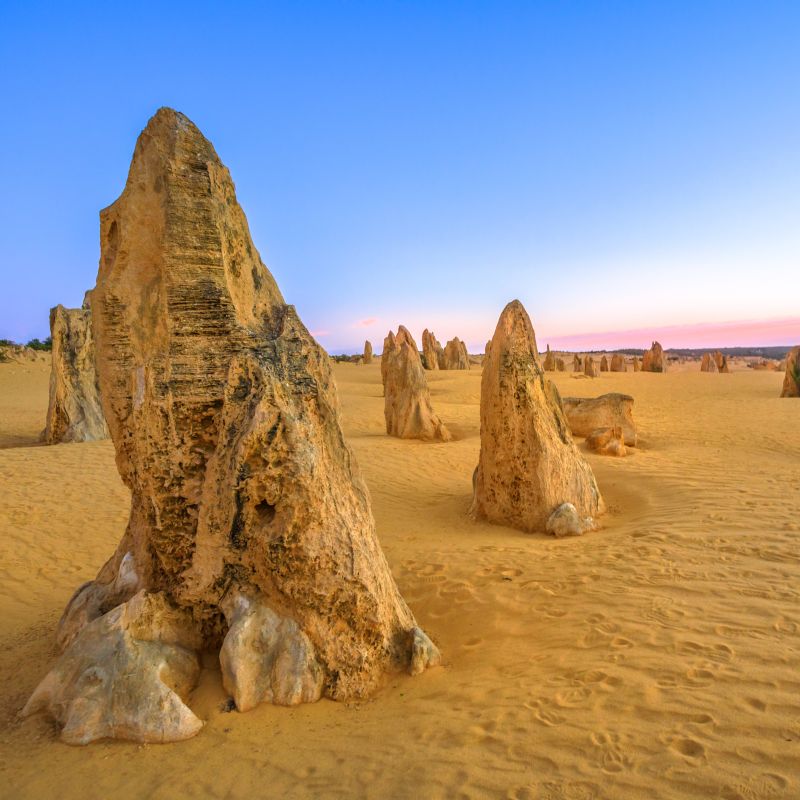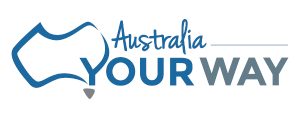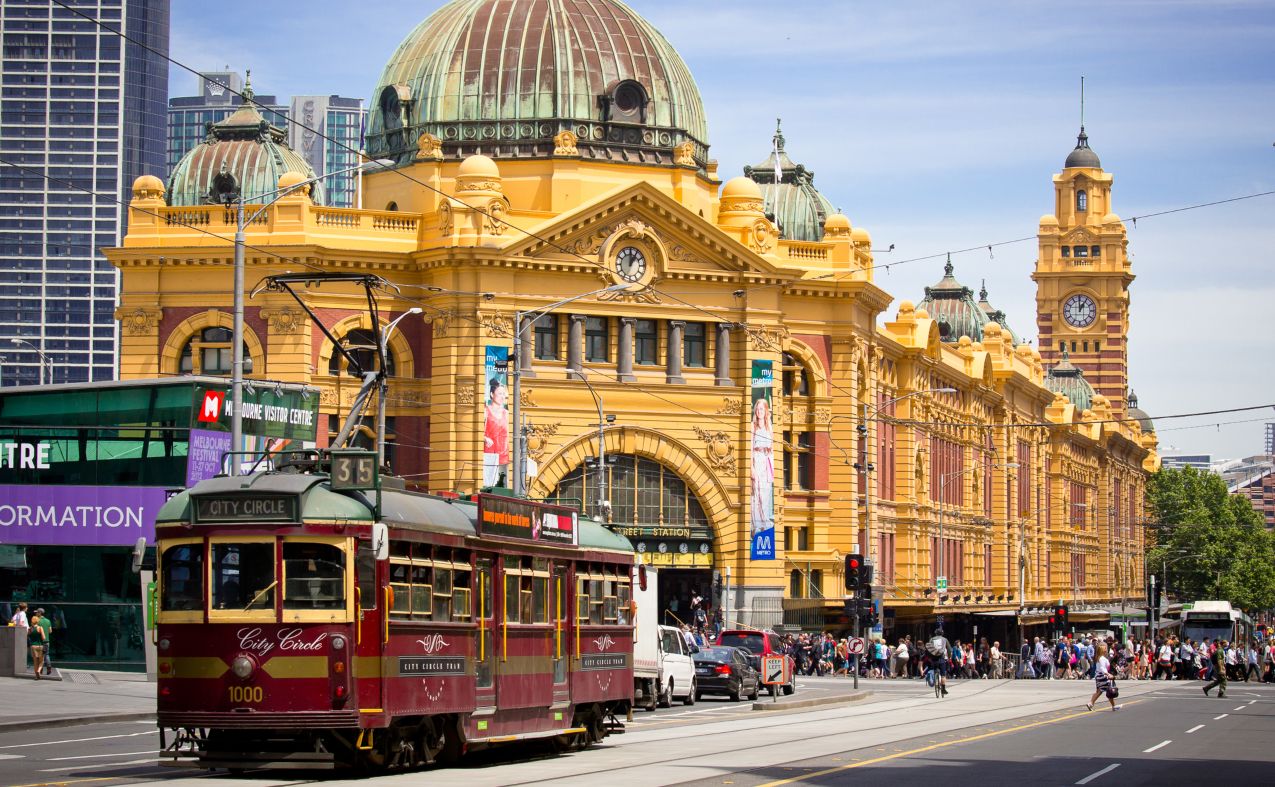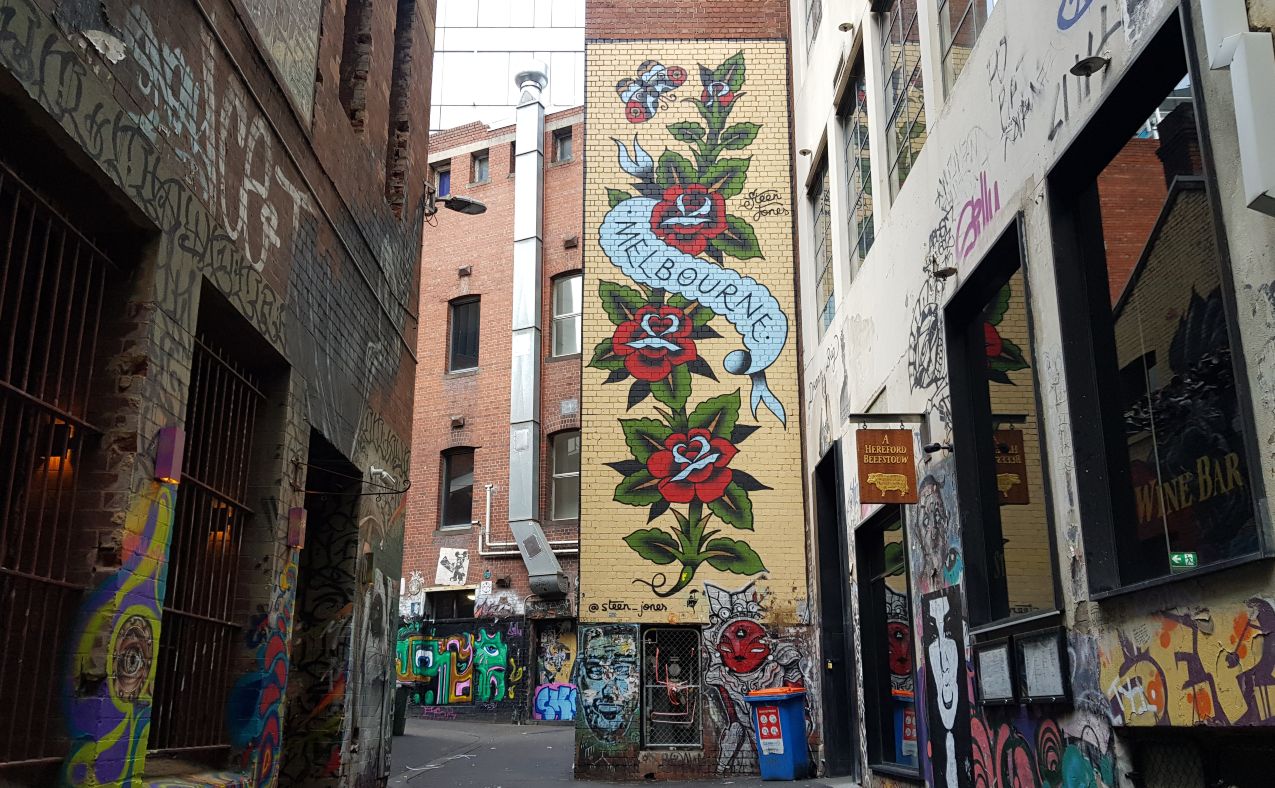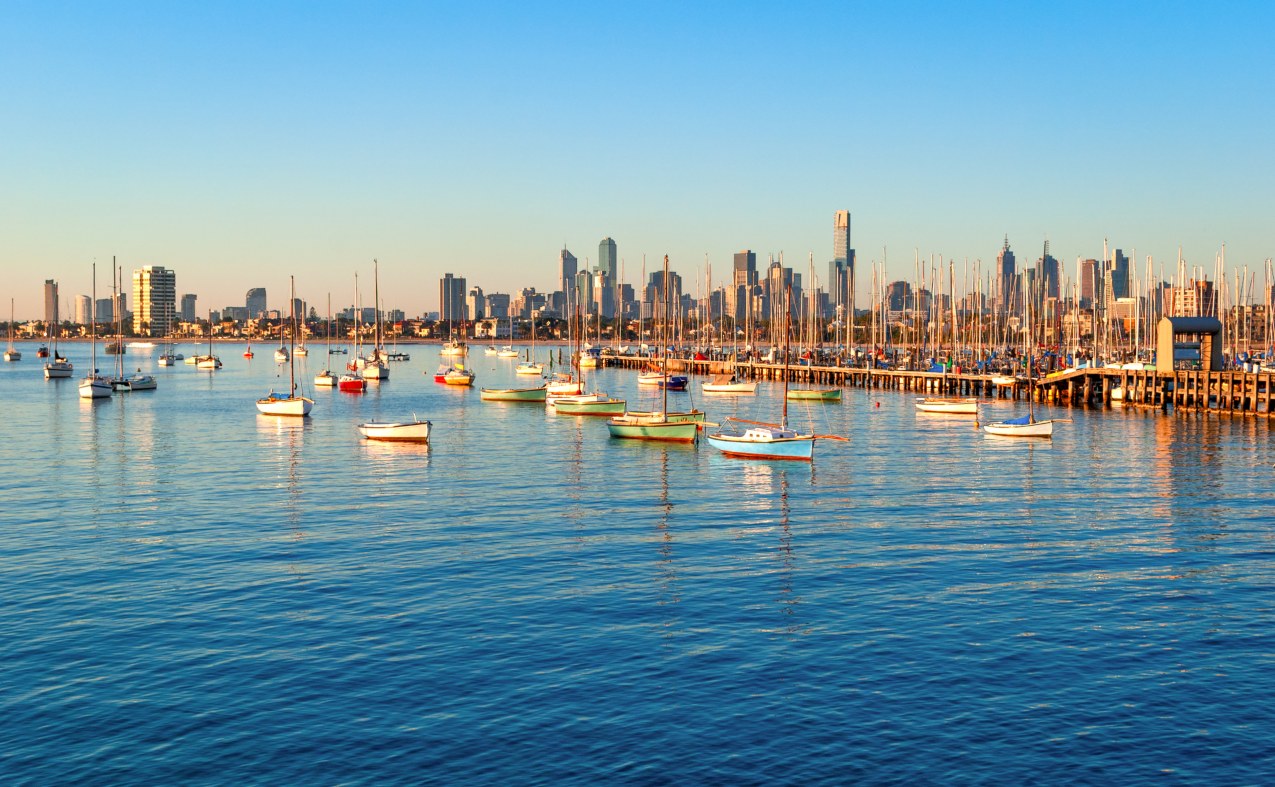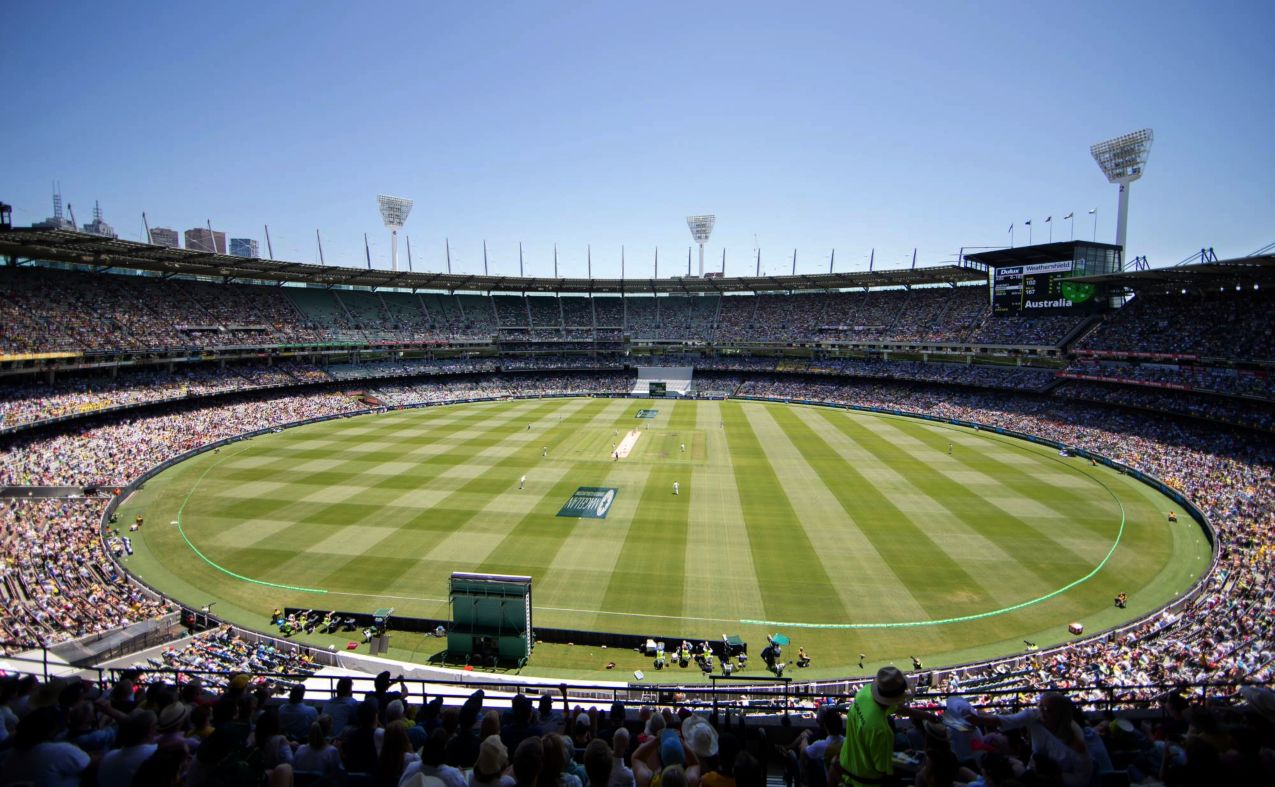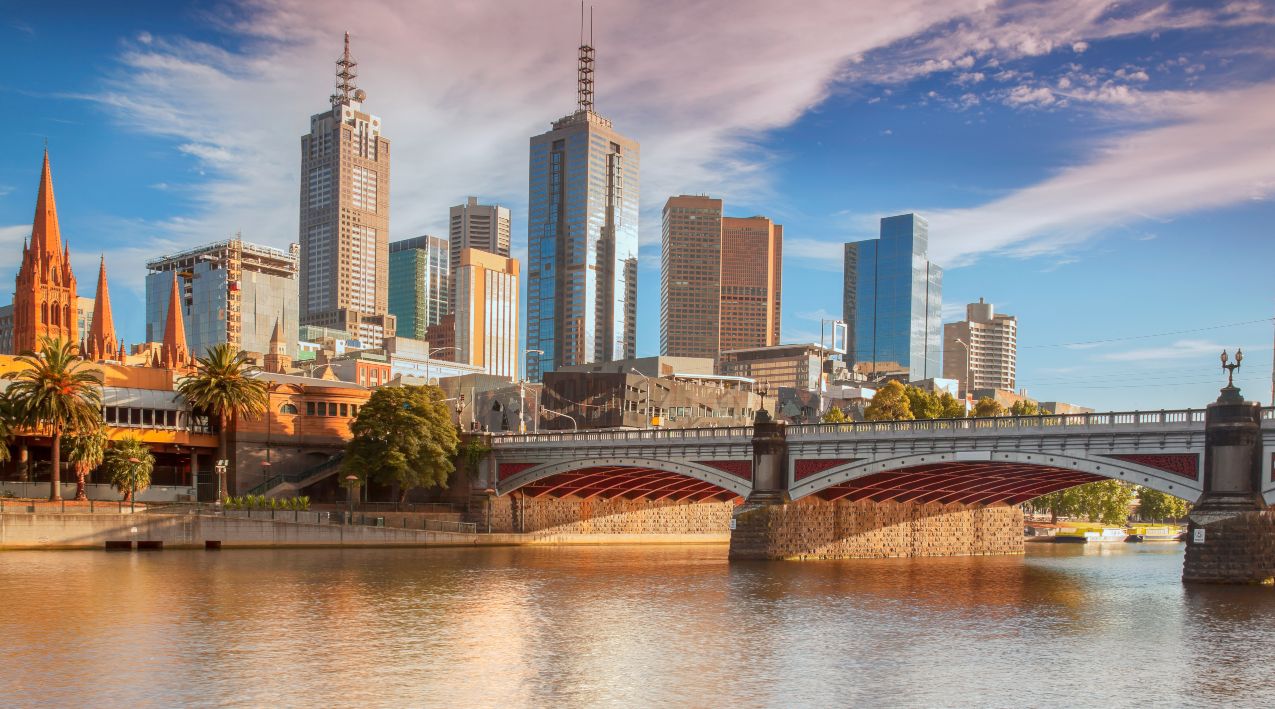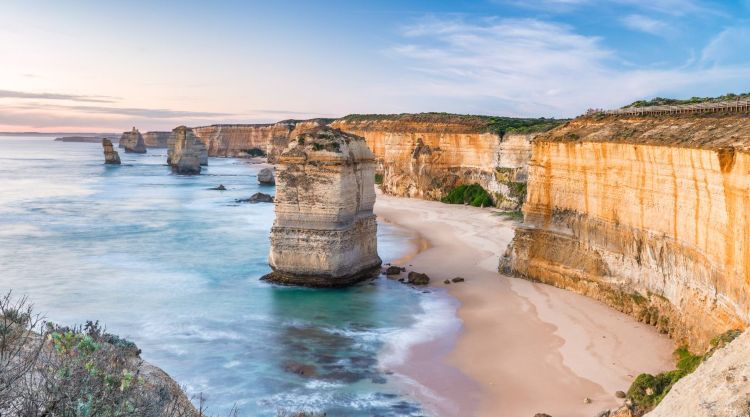
Victoria Travel Guide
Our Victoria Travel Guide will help you plan a visit to a state that offers much more than its size would suggest. From a quick weekend visit to Melbourne to weeks exploring regional Victoria, we have lots of ideas to keep you busy.
Victoria and NSW have a healthy competition with the rivalry stretching from sport to which city serves the best coffee or has the most rain. We will not take sides other than to say as Sydneysiders we love visiting Melbourne and think both cities and states have plenty to offer.
Why Visit Victoria
Compact and packed with plenty to see and do, Victoria has something to offer all times of travellers. The short travel times between regions make road trips a perfect way to explore the state.
Some of the highlights are of this small but spectacular state are:
- a stunning coastline, more than 1800km to explore
- diverse landscapes from snow-capped mountains to gorgeous rainforests
- the famous Great Ocean Road
- a vibrant bar and coffee culture
So what are you waiting for? Let’s start planning!
Regions in Victoria
Victoria is divided into 12 tourism regions, and unlike some of the larger states, you can cover quite a few on day trips using the capital Melbourne as a base.
For simplicity we have settled on:
- Melbourne
- Daylesford and Macedon Ranges
- Yarra Valley and the Dandenongs
- Mornington Peninsula
- Phillip Island
- Geelong and Bellarine
- Great Ocean Road
- The Goldfields cities of Bendigo and Ballarat
- The Grampians
- The High Country
- Gippsland
- The Murray
Victoria Travel Inspiration
Victoria Travel Planning
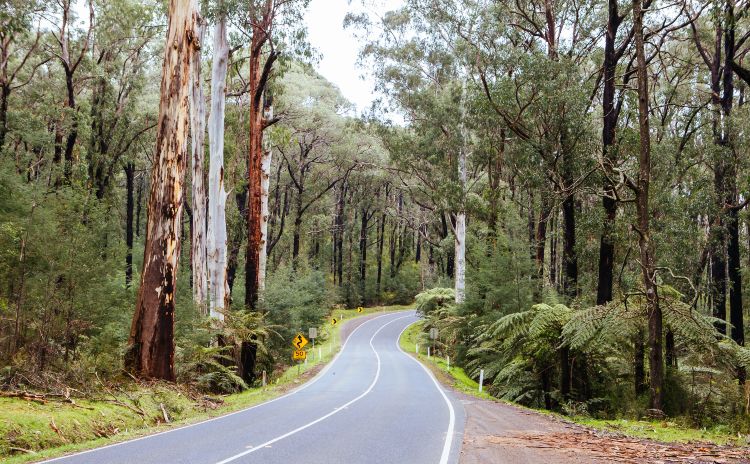
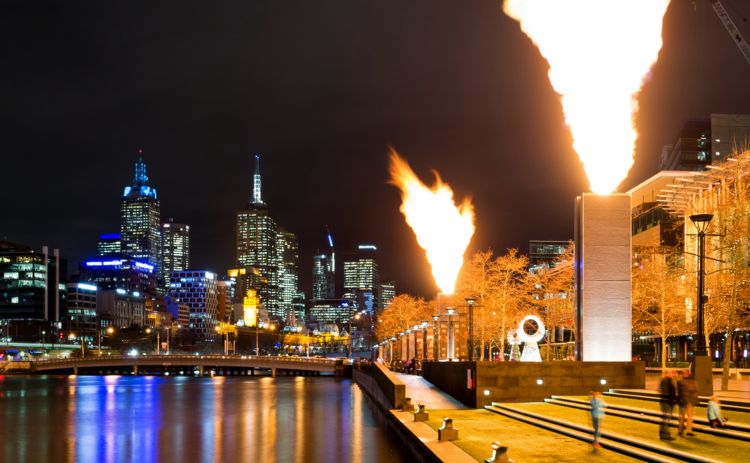
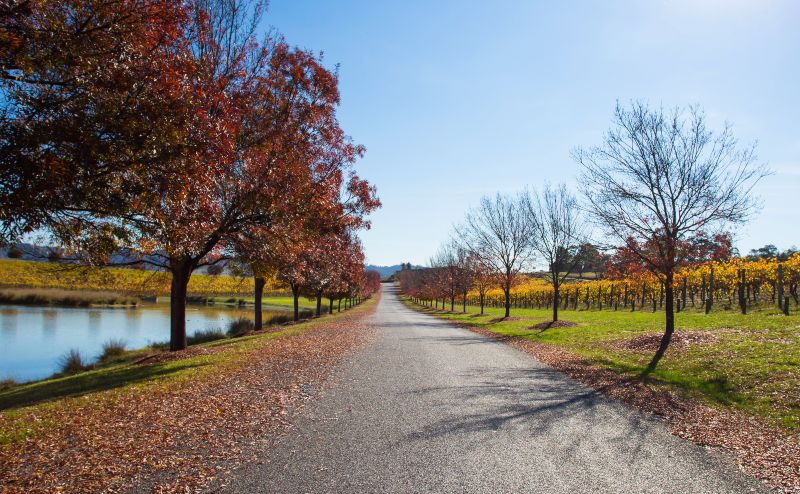
How to get to Victoria
Unless you are planning on a driving holiday, the best option is to fly to Melbourne; buses and trains cost almost the same as flights and take eight times as long to get there.
Drive – Melbourne is a nine or 10-hour drive from Sydney along the inland road and more like 13 hours of driving time along the coast road. It is best to tackle the coast route over a couple of days. The drive from Adelaide takes about 8 hours, 12 hours if you travel via the coast and Great Ocean Road. From elsewhere, flying is your best option.
Bus – Buses from Sydney take 12 hours. The bus from Adelaide takes 10-11 hours. Check Murrays and Greyhounds website for the best prices.
Train – The train service from Sydney takes 11 hours. There are two services per day, an overnight and a day train. The cheapest place to book your ticket is directly on their website. From Adelaide, it’s a 10.5 hr trip. All trains terminate at Spencer Street Station.
Fly – There are regular flights from most states; the Sydney to Melbourne route is the busiest in Australia. Because of this, flights are costly at the beginning and end of the day. The Skybus from Tullamarine takes about 20 minutes; return tickets are slightly cheaper than singles.
International Airports in Victoria
- Melbourne Tullamarine – Flights from all continents
- Avalon – Flights from Kuala Lumpur and Bali
Domestic Airports in Victoria
- Melbourne – (MEL) Tullamarine – daily flights from all Australian states.
- Melbourne – (AVV) Avalon – This airport is in Geelong and services budget airlines. Flights from Sydney, Adelaide and the Gold Coast land here. It can be a good choice for a Great Ocean Road trip as this puts you right at the beginning of the road.
highlights of Victoria
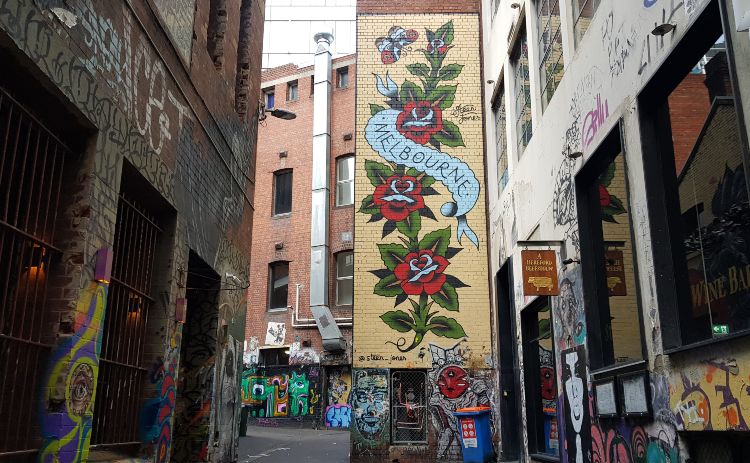
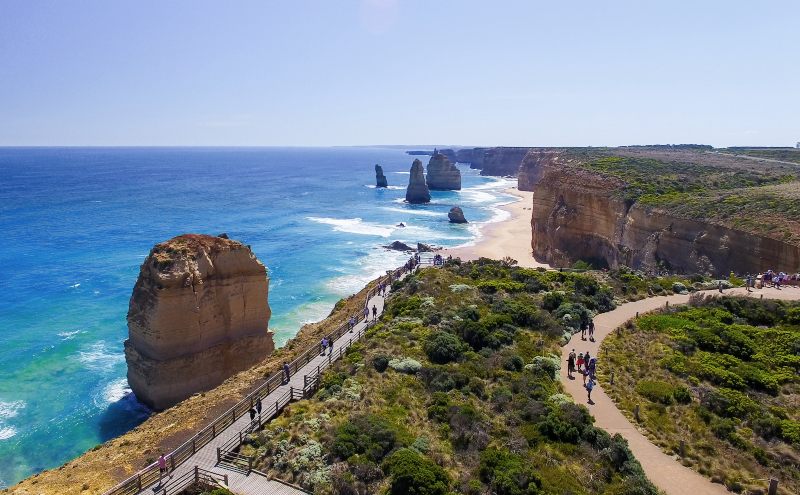
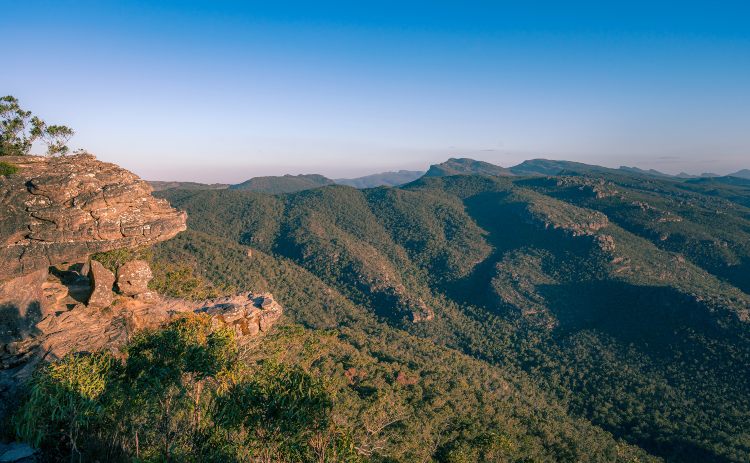
How to get Around Victoria
Public Transport
Melbourne has an excellent regional train network, VLine, that will get you to many of the regions listed above. Domestic air travel is not necessary for this small state.
To access public transport, you will need to download the Myki app or buy a rechargeable card on arrival in Melbourne. Myki is used on Melbourne’s trains, trams and buses and VLine services to most places within a few hours of the city. Buses in Geelong, Ballarat, Bendigo, Seymour and the Latrobe Valley also use Myki.
Driving
If you have not driven in Australia before, I suggest reading our tips for driving in the land Downunder. Also, be sure to read up on “hook turns” so there are no ugly incidents with trams you may encounter.
Driving Distances
- Melbourne to Port Campbell – 4hrs 30 via the coast
- Melbourne to Phillip Island – 1 hr 44m
- Melbourne to Ballarat – 1hr 30m
- Melbourne to Wilson’s Promontory – 3hrs
- Melbourne to Mount Hotham – 4hrs 30m
Rideshare – Rideshare services are legal and regulated in Melbourne; you will find both Uber and Ola have the most coverage. Didi also operates in Melbourne.
Where will you go next?
